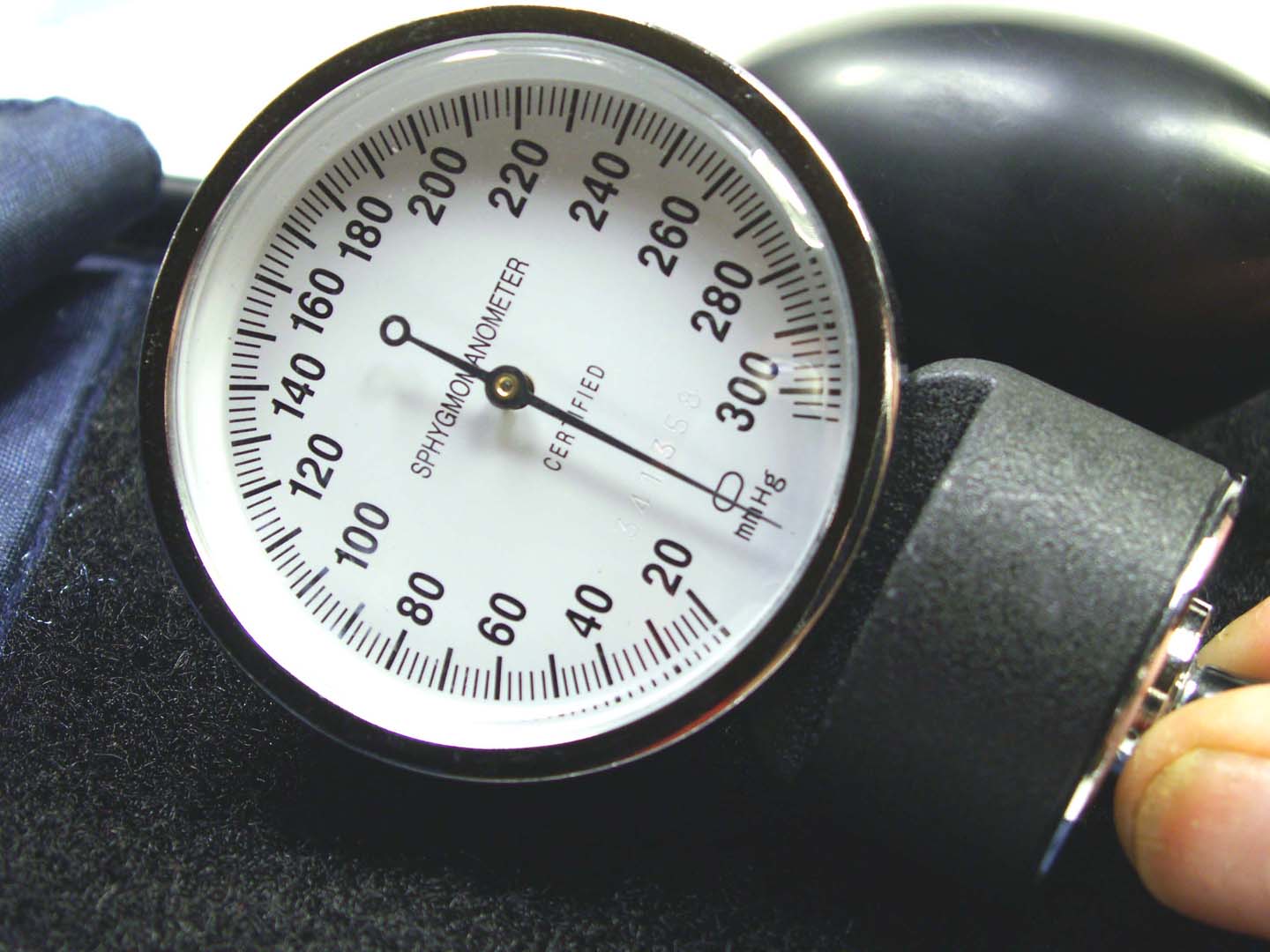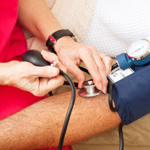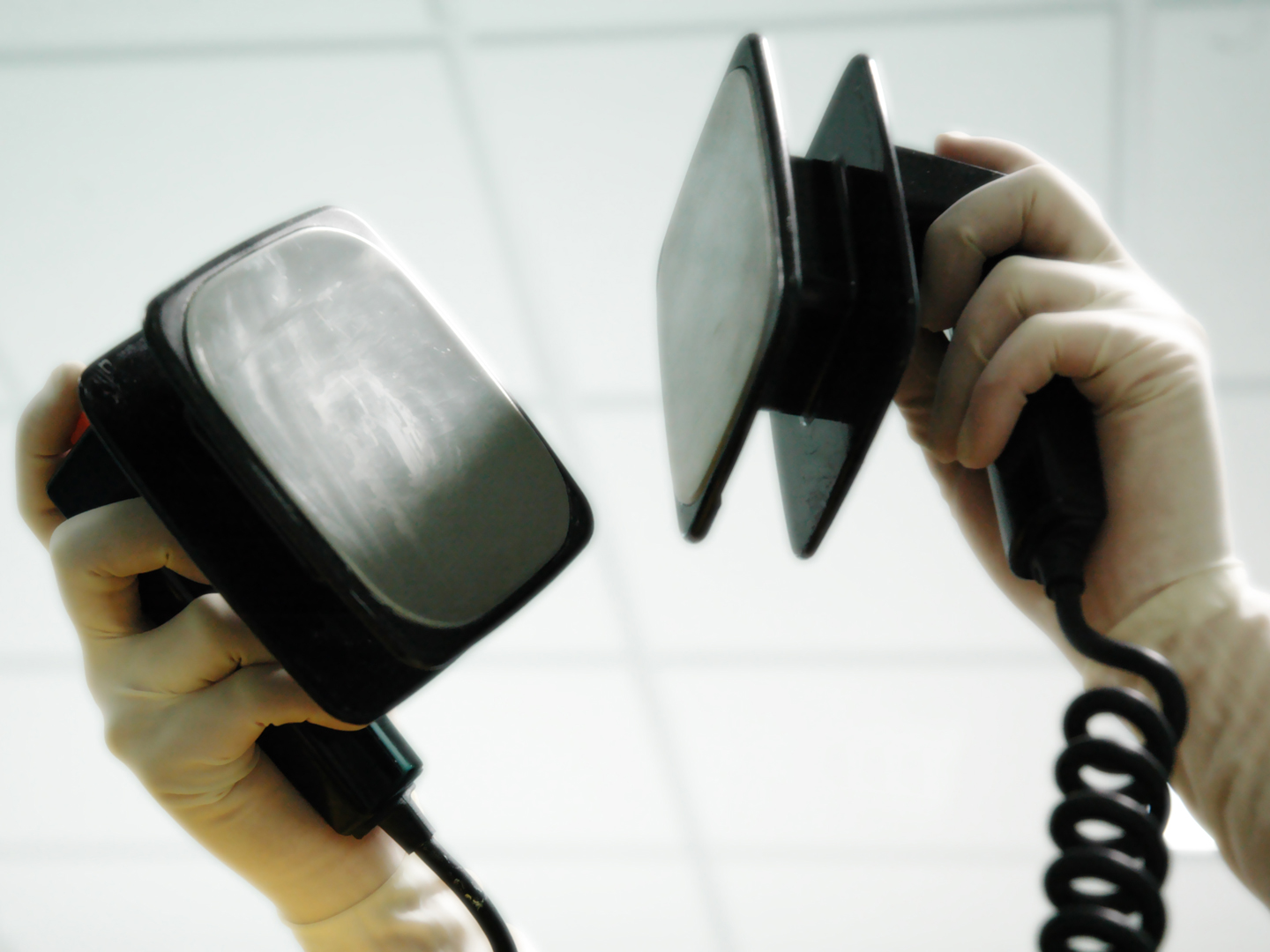Pulmonary Hypertension

What is pulmonary hypertension?
Pulmonary hypertension (also called pulmonary arterial hypertension) is higher than normal blood pressure in the arteries that carry blood from the heart to the lungs. It can occur when there is a stiffening and narrowing of these arteries, making it difficult to get blood to the pulmonary circulation, where it picks up oxygen to supply the heart and rest of the body. This creates an increase in pressure within the pulmonary arteries, forcing the right side of the heart to work harder to pump blood to the lungs. The result is an overworked heart muscle, which can lead to heart failure. Pulmonary hypertension is a serious condition that worsens over time. While there is no cure, and the disease can be fatal, treatments are available.
What are the types of pulmonary hypertension?
There are two types of pulmonary hypertension: primary and secondary. Primary pulmonary hypertension may have no determined cause, while secondary pulmonary hypertension is linked to another illness or disease (see below for more information).
Once pulmonary hypertension of either type is diagnosed, the level of severity is determined as follows:
- Class 1: The patient is asymptomatic.
- Class 2: The patient feels fatigued, short of breath, and/or experiences chest pain with regular activity.
- Class 3: The patient is comfortable at rest but has symptoms with mild exertion.
- Class 4. The patient has symptoms at rest.
What are the causes of pulmonary hypertension?
- Primary pulmonary hypertension (PPH) often has no determined cause. People who develop PPH may be genetically predisposed to the condition, or sensitive to substances that cause the blood vessels to constrict, including stimulants. PPH may also be triggered by other illnesses, including autoimmune diseases such as lupus, as well as AIDS, scleroderma and sickle-cell anemia.
- Secondary pulmonary hypertension is linked to other heart and lung related medical problems, including:
- Pathology of the lungs, such as blood clots, pulmonary fibrosis, and chronic obstructive pulmonary diseases such as emphysema
- Heart disease, including congenital heart conditions and left-sided heart failure
- Connective tissue disorders, such as scleroderma
- Sleep apnea
Who is likely to get it?
Older adults are more likely to develop secondary pulmonary hypertension, while younger people are more likely to have primary pulmonary hypertension. PPH is more likely to occur in women than in men.
What are the symptoms?
Common symptoms include:
- Shortness of breath
- Fatigue
- Dizziness or fainting spells.
- Chest pressure or pain
- Swelling (edema) of the ankles, legs or abdomen
- Racing pulse or heart palpitations
How is it pulmonary hypertension diagnosed?
Diagnostic technique varies, but methods used may include a physical examination, electrocardiogram, blood tests, chest X-rays, a Doppler Echocardiogram, magnetic resonance imagine and/or cardiopulmonary exercise testing.
What is the conventional treatment?
Prescription medications are commonly recommended to patients with pulmonary hypertension. These include blood vessel dilators, endothelin receptor antagonists, calcium channel blockers, anticoagulants, diuretics and supplemental oxygen.
What are the therapies that Dr. Weil recommends?
Simple lifestyle changes can help to reduce the risk of developing pulmonary hypertension, and lessen symptoms associated with it. Dr. Weil recommends the following:
- Do not smoke. Smoking contributes to cardiovascular and lung diseases.
- Avoid high altitudes – there is a link between the decrease of ambient oxygen concentration at high altitude and PPH.
- Embrace an active lifestyle. Consult with your physician on a fitness routine that benefits those with pulmonary hypertension.
- Practice relaxation techniques such as meditation, yoga, breathing exercises and biofeedback.
- Follow doctor’s orders when it comes to medications. It can be dangerous to stop taking prescribed medications, and some medications can interfere with others – discuss all medications, supplements and herbs you may be taking with your doctor.
How is pulmonary hypertension prevented?
If you have a disease that lends itself to secondary pulmonary hypertension, have it monitored, control it, and follow all lifestyle and other recommendations that can lead to recovery or mitigate its severity.
Read more of Dr. Weil’s Condition Care Guide articles.











